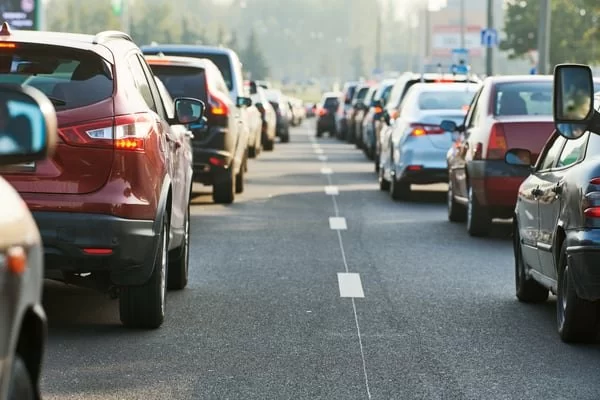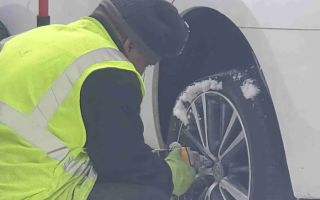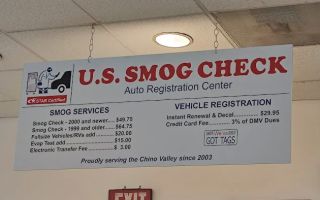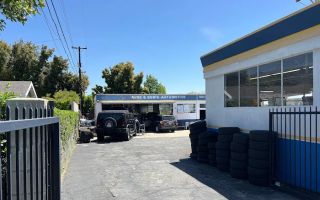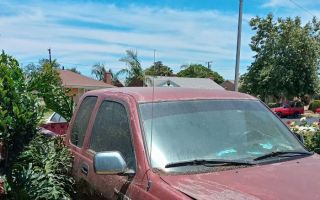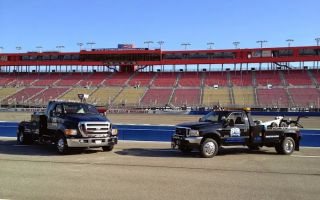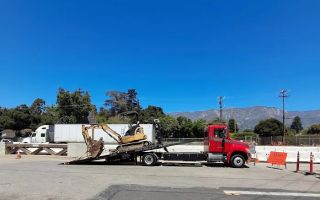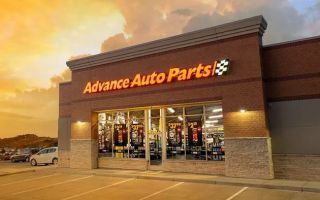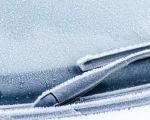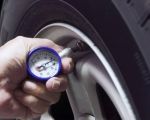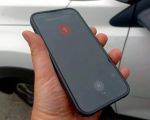- understanding-heavy-highway-traffic-patterns
- defensive-driving-techniques-that-really-work
- navigating-lane-changes-and-merging-safely
- when-things-go-wrong-preparing-for-highway-emergencies
- how-rescue-and-towing-can-save-the-day
1. Understanding Heavy Highway Traffic Patterns
Driving on highways in the U.S., especially during rush hour or long weekends, often means dealing with bumper-to-bumper congestion. Understanding when and where traffic peaks—like I-95 near major cities at 5 PM—can help you plan accordingly. Using real-time traffic apps and staying aware of regional commuting patterns is your first defense against gridlock.
One driver from Dallas recalls avoiding a major pile-up on I-635 by rerouting 15 minutes early using traffic alerts. Smart route planning, as simple as it sounds, is often underestimated in ensuring safe highway navigation under pressure.

AJ's Auto Glass & Detailing
4404 S 84th St, Omaha, NE 68127, USA
2. Defensive Driving Techniques That Really Work
2.1 Keep a Safe Following Distance
In heavy traffic, tailgating is a recipe for rear-end collisions. The 3-second rule is still one of the most effective tools you have: pick a stationary object and ensure three seconds pass after the car ahead of you passes it. If you're closer, back off—especially in rain or low visibility.

AJ's Auto Glass & Detailing
4404 S 84th St, Omaha, NE 68127, USA
2.2 Anticipate, Don’t React
Watch more than just the car in front of you—observe brake lights several cars ahead. Defensive driving means reading the entire flow of traffic. This helps you brake smoothly and avoid sudden swerves or hard stops that can trigger chain collisions.
2.3 Stay Calm, Stay Focused
Stress and aggression lead to impulsive decisions. Listening to calming music, practicing controlled breathing, or even keeping a cool drink in the cupholder can help you stay composed during a frustrating standstill.
3. Navigating Lane Changes and Merging Safely
3.1 Avoid Last-Minute Lane Swaps
Nothing rattles a fellow driver more than someone darting across three lanes to catch an exit. Always plan your lane changes at least a quarter-mile ahead, using your turn signal and checking blind spots. Sudden movements create unpredictable situations.
3.2 Use the Zipper Merge Where Appropriate
In construction zones or blocked lanes, the “zipper merge” is not cutting—it's smart and often encouraged. Drivers alternate one-by-one into a single lane, maximizing road capacity and reducing unnecessary backups.
3.3 Watch for Motorcycles and Compact Cars
Smaller vehicles often weave through traffic and may be harder to spot. Triple-check mirrors before switching lanes, especially in urban traffic clusters like L.A. or Miami.
4. When Things Go Wrong: Preparing for Highway Emergencies
4.1 Flat Tires and Engine Failure in Traffic
If your car breaks down in heavy traffic, your first priority is getting to the right shoulder—slowly and with your hazards flashing. Keep a roadside emergency kit with cones, reflective vests, and water. Visibility and caution can prevent a bad situation from turning worse.
4.2 What If You're Stuck in the Middle Lane?
If your car won’t move and you’re not near a shoulder, stay in the vehicle, buckle up, and call emergency services immediately. Do not attempt to cross highway lanes on foot—it’s not just illegal, it’s extremely dangerous.
4.3 Dashcams and Incident Documentation
A dashcam can provide invaluable proof in the event of an accident. In one case in Florida, a driver avoided wrongful liability thanks to footage showing a distracted motorist rear-ending them in traffic.
5. How Rescue & Towing Can Save the Day
When you're stuck with a dead battery, a flat tire, or worse on the interstate, response time matters. That’s where Rescue & Towing can be a real game-changer. They offer fast, professional roadside help across major U.S. highways with 24/7 availability and GPS tracking so you’re never left guessing.
Whether you need a quick jump-start or a tow to the nearest auto shop, having Rescue & Towing on speed dial means you’re never alone on the road. Peace of mind makes driving safer—even in traffic.

